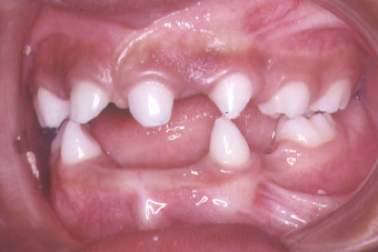Ectodermal dysplasia: Symptoms, causes and treatment
The ectodermal dysplasia is a medical term that actually covers a large group of more than a hundred diseases. It has a genetic basis and is characterized by lack of body hair and hair on the scalp (hypotrichosis), capacity of reduced sweating (hipodidrosis) and congenital absence of teeth (hypodontia). Although there are no specific treatments, if some measures can be taken to alleviate the complex symptoms experienced by those who suffer from this disease.
Table of Contents
Symptoms
The symptoms are very different. In general, the disease involves less sweating (in the absence of sweat glands), which can be translated into trouble regulating body temperature (above all in children and to episodes of fever). Other signs are the presence only of some teeth and with abnormal forms, abnormal skin tone (pale and thin), thin hair, wispy and even absent; thick nails and fingers and abnormal forms, tending to grow in a brittle way. Respiratory infections are frequent and ocular dryness.
Causes
The causes of ectodermal dysplasia are directly in the genes. Several genes that may contribute to the occurrence of any of the diseases encompassed by ectodermal dysplasia, and hence it’s various manifestations. Some types, in fact, affect men more than women. It is essential to have a accurate diagnosis, for which it is necessary to perform some tests, like a biopsy of the mucous membranes, skin, as well as some genetic tests. Once we have an accurate diagnosis, the specialist will recommend measures to control symptoms.
Treatment
Although there is no definitive cure, we can use some remedies to relieve symptoms. Among others, we can use artificial tears to dry eyes and nostrils to spray and prevent infections the saline aerosols. Living in a place with a cooler climate and suitable to our body temperature. Remedies which also help to prevent possible complications of the illness such as brain damage which can cause increased body temperature or fever seizures.
